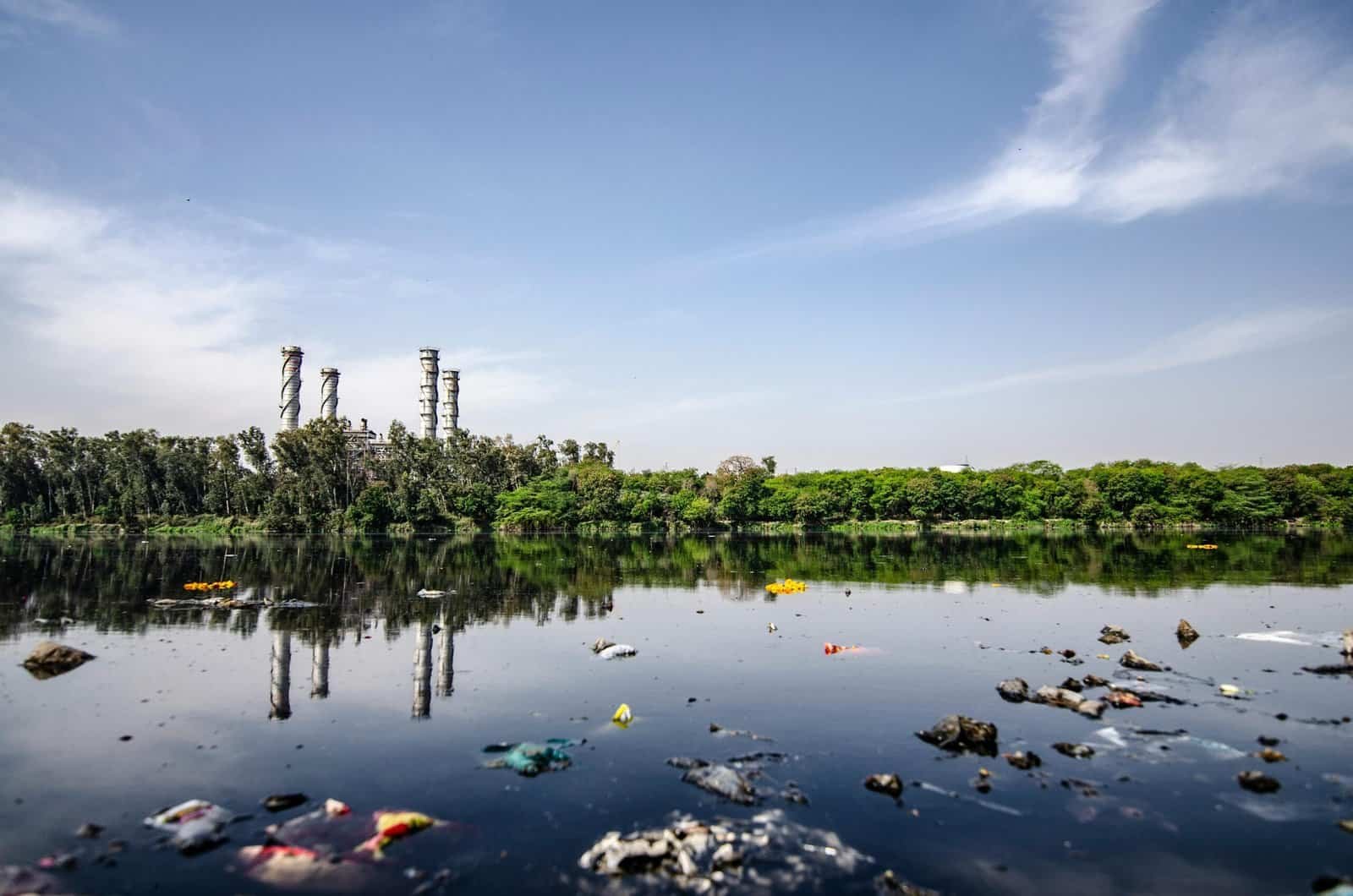Have you ever wondered what steps you should take if you suspect that your well might be contaminated? It’s a concern that many well owners face, and knowing how to address it can make a significant difference in ensuring the safety and health of your household. In this guide, we’re going to walk you through the process of reporting a suspected contaminated well. We’ll cover the potential risks associated with galvanized pipes in your well system, so you’ll have a clearer understanding of what to watch out for. Let’s make sure you feel confident about safeguarding your water supply.
Understanding Well Contamination
A well is a vital source of water, especially for those living in rural areas. It’s crucial to recognize the signs of contamination early to prevent health hazards. Well contamination can occur due to various reasons, including bacterial presence, chemical pollutants, or issues arising from the well structure itself. Knowing these factors helps you pinpoint the problem and take swift action.
Common Causes of Well Contamination
Well contamination isn’t always visible to the naked eye. Contaminants could enter through several channels:
- Surface Runoff: Heavy rains may carry pesticides, fertilizers, or waste into your well.
- Nearby Septic Systems: Faulty septic systems can leach harmful bacteria into groundwater.
- Agricultural Practices: The use of chemicals and animal waste on nearby farms can seep into wells.
- Industrial Activities: Factories or industrial plants near a water source might release damaging substances.
- Structural Issues: Cracks or corrosion in the well casing can allow contaminants to enter the water supply.
Grasping these causes will help you identify potential threats to your water’s purity.
Warning Signs of Water Contamination
It’s essential to be aware of the subtle clues that might indicate contamination:
- Change in Water Color: A sudden shift in water color often signals trouble.
- Unpleasant Odor or Taste: Musty, metallic, or otherwise odd smells and tastes should not be ignored.
- Cloudy Appearance: Murky or cloudy water can suggest the presence of microorganisms or particulates.
- Recurring Illness: If your household experiences repeated stomach aches or other health issues, your water might be the cause.
- Staining of Fixtures and Clothes: Unexplained stains can indicate chemical or mineral imbalances in your water.
Keep these signs in mind, as they are your first line of defense against contaminated water.

Reporting a Suspected Contaminated Well
Once you’re aware of the potential issues, reporting a suspected contaminated well should be your next step. This process is straightforward, but it’s important to know whom to contact and how to describe your problem effectively.
Steps to Take When Reporting
- Document Your Observations: Take note of any changes in water quality or health issues that you suspect are related to the well.
- Contact Local Health Department: Your local health department can provide guidance and conduct necessary tests.
- Hire a Professional Water Tester: Certified professionals can accurately assess water quality, which will be crucial when explaining your concerns.
- File a Report: Submit a detailed report including your observations and test results to your local health or environmental department.
- Follow Up: Stay in contact with authorities to ensure your concerns are addressed promptly.
Adhering to these steps can help you resolve well issues efficiently.
Importance of Acting Quickly
The faster you act, the sooner you can ensure the safety of your water. Quick action minimizes exposure to harmful contaminants and supports public health efforts. Your promptness can protect not just your household but also the broader community.

Are Galvanized Pipes a Safety Risk in Well Systems?
A common question among well owners involves the safety of using galvanized pipes in a well system. Understanding the relationship between your plumbing materials and water quality can inform maintenance decisions and ensure your water remains contaminant-free.
What Are Galvanized Pipes?
Galvanized pipes are steel pipes coated with zinc to prevent rust and corrosion. Historically popular in plumbing, they have raised concerns due to potential issues over time, impacting both the flow of water and health.
Risks Associated with Galvanized Pipes
While initially effective, galvanized pipes pose several risks as they age:
- Corrosion and Rust: The zinc layer can wear off, exposing the steel to rust and corrosion.
- Lead Contamination: In some situations, lead from these pipes can leach into your water supply, posing serious health risks, especially for children.
- Reduced Water Flow: Corrosion build-up can restrict water flow, diminishing water pressure and efficiency.
- Impacts on Water Quality: The zinc in these pipes can react with minerals in water to form scale, affecting taste and safety.
Awareness of these risks will guide your decisions in assessing and maintaining your well system.
Recommendations for Well Owners
If your system uses galvanized pipes, consider these steps for ensuring long-term safety:
- Regular Inspections: Schedule annual or biennial inspections of your plumbing system to catch any issues early.
- Water Testing: Regularly test your water for lead, especially if you start noticing changes in water quality.
- Pipe Replacement: If feasible, replace galvanized pipes with modern alternatives like PVC or PEX pipes.
- Professional Consultation: Engage a professional plumber for advice tailored to your specific system and needs.
Taking these measures will help you maintain a safe and reliable water system.

Understanding Regulations and Standards
There are numerous regulations concerning well water quality to protect public health. Familiarizing yourself with these guidelines ensures compliance and helps you advocate for your water rights.
Federal and State Regulations
The Safe Drinking Water Act (SDWA), enforced by the Environmental Protection Agency (EPA), sets the baseline standards for water quality. However, states may impose additional regulations to meet local needs.
- Federal Standards: These include limits on contaminants like lead, nitrates, and harmful bacteria.
- State Oversight: State-level agencies often handle local complaints and enforce more stringent regional standards.
Knowing where these guidelines apply will help you navigate regulatory waters more effectively.
Testing Standards and Procedures
Routine testing of well water is critical. Here’s a typical schedule:
- Annually: Test for nitrates and bacteria.
- Every 3–5 Years: Test for pesticides, heavy metals, and other chemicals according to local industry and agriculture activity.
Use certified laboratories and follow local recommendations to keep your water safe.
Consumer Rights and Responsibilities
As a well owner, you have both the right to clean water and the responsibility to maintain your system properly.
- Right to Information: Request and review test data and disclosures from any water testing services or consultants.
- Responsibility to Maintain: Ensure regular maintenance and address issues quickly to protect your water supply.
Being informed of these rights and responsibilities empowers you to manage your water system effectively.
Table: Common Contaminants and Health Impacts
| Contaminant | Health Impact | Typical Sources |
|---|---|---|
| Bacteria (E. coli) | Gastrointestinal illness, nausea, diarrhea | Septic systems, animal waste |
| Lead | Developmental delays in children, kidney issues | Corroding pipes |
| Nitrates | Blue baby syndrome, cancer risk | Fertilizers, septic systems |
| Pesticides | Cancer, endocrine disruption | Agricultural runoff |
| Arsenic | Skin damage, cancer | Geological formations |
This table highlights common contaminants and their potential health impacts, helping you understand the importance of thorough testing and vigilance.

Conclusion
Ensuring the safety of your well water is an ongoing process that involves vigilance, regular testing, and active participation in maintenance. Reporting a suspected contaminated well is a crucial step in safeguarding your home and community from potential health risks. Additionally, if your well system includes galvanized pipes, addressing the associated risks with timely inspections and potential replacements will further ensure the integrity of your water supply. With a proactive approach, you’ll have the peace of mind that comes with knowing you’re taking all the right steps to protect your most vital resource. Through informed actions and understanding of regulations, you can enjoy the full benefits of your well while keeping health risks at bay.

